|
1. Judson Church is Ringing in Harlem (Made-to-Measure) / Twenty Looks or Paris is Burning at the Judson Church (M2M), Trajal Harrell + Thibault Lac + Ondrej Vidlar (Festival TransAmériques) American choreographer Trajal Harrell’s work has always been impressive if only for its sheer ambition (his Twenty Looks series currently comprises half a dozen shows), but Judson Church is Ringing in Harlem (Made-to-Measure) is his masterpiece. In the most primal way, he proves that art isn’t a caprice but that it is a matter of survival. Harrell and dancers Thibault Lac and Ondrej Vidlar manifest this need by embodying it to the fullest. The most essential show of this or any other year. 2. ENTRE & La Loba (Danse-Cité) & INDEEP, Aurélie Pedron Locally, it was the year of Aurélie Pedron. She kept presenting her resolutely intimate solo ENTRE, a piece for one spectator at a time who – eyes covered – experiences the dance by touching the performer’s body. In the spring, she offered a quiet yet surprisingly moving 10-hour performance in which ten blindfolded youths who struggled with addiction evolved in a closed room. In the fall, she made us discover new spaces by taking over Montreal’s old institute for the deaf and mute, filling its now vacant rooms with a dozen installations that ingeniously blurred the line between performance and the visual arts. Pedron has undeniably found her voice and is on a hot streak. 3. Co.Venture, Brooklyn Touring Outfit (Wildside Festival) The most touching show I saw this year, a beautiful portrait of an intergenerational friendship and of the ways age restricts our movement and dance expands it. 4. Avant les gens mouraient (excerpt), Arthur Harel & (LA)HORDE (Marine Brutti, Jonathan Debrouwer, Céline Signoret) (Festival TransAmériques) wants&needs danse’s The Total Space Party allowed the students of L’École de danse contemporaine to revisit Avant les gens mouraient. It made me regret I hadn’t included it in my best of 2014 list, so I’m making up for it here. Maybe it gained in power by being performed in the middle of a crowd instead of on a stage. Either way, this exploration of Mainstream Hardcore remains the best theatrical transposition of a communal dance I’ve had the chance to see. 5. A Tribe Called Red @ Théâtre Corona (I Love Neon, evenko & Greenland Productions) I’ve been conscious of the genocide inflicted upon the First Nations for some time, but it hit me like never before at A Tribe Called Red’s show. I realized that, as a 35 year-old Canadian, it was the first time I witnessed First Nations’ (not so) traditional dances live. This makes A Tribe Called Red’s shows all the more important. 6. Naked Ladies, Thea Fitz-James (Festival St-Ambroise Fringe) Fitz-James gave an introductory lecture on naked ladies in art history while in the nude herself. Before doing so, she took the time to look each audience member in the eye. What followed was a clever, humorous, and touching interweaving of personal and art histories that exposed how nudity is used to conceal just as much as to reveal. 7. Max-Otto Fauteux’s scenography for La très excellente et lamentable tragédie de Roméo et Juliette (Usine C)
Choreographer Catherine Gaudet and director Jérémie Niel stretched the short duo they had created for a hotel room in La 2e Porte à Gauche’s 2050 Mansfield – Rendez-vous à l’hôtel into a full-length show. What was most impressive was scenographer Max-Otto Fauteux going above and beyond by recreating the hotel room in which the piece originally took place, right down to the functioning shower. The surreal experience of sitting within these four hyper-realistic walls made the performance itself barely matter.
1 Comment
As Festival TransAmériques draws to an end, spectators gather to watch nineteen individuals most of whom have no formal dance training take over the large stage of Monument-National and perform in French choreographer Jérôme Bel’s Gala. Cast in Montreal, they represent the diversity of the city: different ethnicities, different ages, different genders, different abilities, different body types.
The show opens with a long, shitty PowerPoint of different empty stages around the world, from the ancient to the technologically advanced, from the modest to the luxurious, from the small to the large. But their essence is the same: on one side, a group of people is meant to perform and, on the other, another group is meant to watch. In that space and in that relation, something could happen. We could be in any of these theatres, but we are in this one. In any case, what matters is the performance. The performance itself begins with a ballet section, a parade of the nineteen dancers performing a pirouette. First up is professional dancer Allison Burns so that the audience gets to see what the movement should actually look like as a reference point. The following non-dancers adapt the movement to their bodies, customize it for their skill level. While dancers can pick up a maximal set of cues because of their training, children and untrained adults only pick up the few that most characterize the movement for them. For example, a young boy simply lifts his arms over his head, actually holding hands, and spins. The exercise is then followed by a grande jeté. However, what comes across is that it’s not just a matter of skill, but also a matter of comfort with one’s body. Some performers come across as uncomfortable, which stiffens their movement. This is especially important because I feel it plays a large part in the discomfort that many experience with contemporary dance, even as spectators since the audience is always projecting itself onto the dancers. This explains the issues that some have with nudity onstage. Most people couldn’t allow themselves to do what dancers do alone in their own home, let alone on a stage in front of hundreds. This also partially explains why the children stand out in the improvised dance section. The cliché exists for a reason: they’re not as socially conditioned yet, they are less self-conscious, and they have fewer preconceived ideas about what dance is and what it’s supposed to look like, so their dance is freer. Édouard Lock said that the difference between dancers and non-dancers is in the legs. It’s visible here. Non-dancers make up for it by running around and moving their arms excessively. Unable to hide behind their skills, the non-professional dancers’ personality shines through: there’s the ham, the shy one, the funny one… The bows section, also using the parade structure, punctuated with applause for every single performer, makes one feel like Bill Murray’s character in Groundhog Day. Bel deals with the shortcomings that ableism imposes on all of us by having different performers choreograph for the entire group, the way Maïgwenn Desbois had in Six pieds sur terre. Seemingly no one expected a fat man to come out twirling the baton while the others keep dropping theirs. Everyone has something to offer. Despite its lazy structure, Gala is an undeniable crowd-pleaser. When the audience stood up for a warm standing ovation, it was the non-professional dancers they were applauding. It seems people like to see individuals who look like them onstage. Isn’t that surprising? June 7 & 8 at 8pm www.fta.ca 514.844.3822 Tickets: 34-50$ Après une formation en danse classique avec Alexandre et Daniel Seillier, Maïgwenn Desbois fait le grand saut vers la gigue contemporaine en interprétant durant une dizaine d'année pour Marie-Soleil Pilette. C'est en 2009 qu'elle présente sa première chorégraphie, Quasispace, choisissant de travailler avec des artistes professionnels différents et marginalisés (syndrome de Williams, syndrome d'Asperger) dans le cadre de la Biennale de gigue contemporaine à Tangente. En 2011 elle présente Dans ta tête et en 2013 Six pieds sur terre, toujours à Tangente. Ces deux pièces sont reprises au festival Vue sur la relève, dans l'espace culturel Georges-Émile-Lapalme de la Place des arts et au Théâtre du grand Sault. C'est en 2012 qu'elle fonde sa compagnie de danse et gigue contemporaine Maï(g)wenn et les orteils, gigueux atypiques et contemporains, l'amenant à tourner jusqu'en Suisse. Maïgwenn enseigne la danse à des enfants, adolescents et adultes vivant avec différents troubles d'apprentissage (autisme, déficience intellectuelle, syndrome de Williams, trisomie, etc.) en contexte de loisir, mais également à des artistes en formation professionnelle au Centre des arts de la scène Les Muses.
Quel a été ton premier amour en danse? Estelle Clareton lorsqu'elle dansait pour O Vertigo. Aussi Les Ballets Jazz de Montréal dans les années 90, avec Eric Miles, Éric Beauchesne, Cherice Barton, Edgar Zendejas, etc. Des commentaires (bons ou mauvais) qu’on a faits sur ton travail, lequel est resté avec toi? Il s'agît plus d'une réaction que d'un commentaire, mais qui m'a beaucoup marquée. Lors d'un tournage en compagnie de Kim Thuy, elle a assisté à un extrait chorégraphique où Anthony, mon interprète Asperger (autisme sans déficience intellectuelle), fait un monologue en dansant. Kim s'est mise à pleurer. Elle lui a ensuite demandé « Mais Anthony, où caches-tu cette voix? » Kim Thuy a un enfant autiste. J'ai alors réalisé tout le chemin qu'avait parcouru Anthony et tout l'impact que cela pouvait avoir de l'amener à s'exprimer ainsi sur scène. De quoi es-tu le plus fière? De constater jusqu'où j'ai réussi à amener mes interprètes et de voir qu'avec de la patience et beaucoup de persévérance, les progressions sont infinies et qu'en fait il n'y a pas de limites. Quel est ton rapport à la critique? Je suis extrêmement exigeante envers moi-même. J'accepte facilement la critique, en tentant toujours d'en tirer le meilleur et en prenant la peine de remettre en question mon travail, mes choix. De quoi la danse a-t-elle besoin aujourd’hui? La danse à besoin de chorégraphes et de créateurs qui se mettent réellement en danger, en acceptant d'être eux-mêmes face à l'acte créateur sans tenter de se formater à une esthétique, une mode ou une tendance pour plaire aux diffuseurs ou à un public cible. Si on t’en donnait les moyens, quel fantasme de danse te paierais-tu? Partir en tournée à l'international avec mes interprètes pour aller voir ailleurs dans le monde ce qui se fait de similaire avec des interprètes atypiques. Partager, échanger, se nourrir de ce qui se fait ailleurs. Qu’est-ce qui te motive à continuer de faire de l’art? Le sentiment d'être entendue. Le sentiment de réussir à entrer dans la tête des gens qui voient nos spectacles et de susciter en eux des réflexions et même de modifier leurs perceptions. Avec pas d’cœur 16-19 mars www.tangente.qc.ca 514.871.2224 Billets : 23$ / Étudiants : 19$
In this colourful dump, performers can disappear without leaving the stage or fall from considerable heights without hurting themselves. It is a post-apocalyptic world of overconsumption that lies before us and they are doomed to live in it. They may be able to choose from thousands of articles of clothing, but the choice is unappealing; it’s the only one they have. Their movement translates as play that spurs from idleness, which even comes across as the source of their masturbation and dry humping. They don’t even have the internet.
Every once in a while, unexpectedly, the performers cease their dicking around and break into beautiful song. In juxtaposing the music of Bach with a garbage dump, a thematic kinship emerges with Meg Stuart’s Built to Last (FTA, 2014): how is it possible that the species responsible for this post-apocalyptic mess also created such divine music? As the performers live out the last moments of life on earth in slow motion, we think there might be something redeeming about these creatures after all. May 29-June 1 Monument-National – Salle Ludger-Duvernay www.fta.qc.ca 514.844.3822 Tickets: 40-60$
C’est un jeu d’ombres qui entame F O L D S. La silhouette d’une immense tête se dessine doucement devant nous, d’abord à peine perceptible dans la noirceur d’où elle émerge. Alors que la lumière en arrière-scène se fait un peu plus insistante, clarifiant les contours, on remarque que les têtes se multiplient, allant grandissant alors qu’elles se rapprochent de nous. Au milieu de cette multiplication, on entrevoit la tête originelle, celle de Germain. Comme dans ses œuvres précédentes, la chorégraphie est lente, douce, méditative. En deuxième partie, le théâtre d’ombres est abandonné en faveur d’un dispositif vidéographique qui une fois de plus multiplie l’image de Germain et de sa partenaire Hélène Messier. Ces apparitions digitales disparaissent en fumée, nous submergeant dans un monde fantomatique. Le dispositif crée aussi un effet miroir qui souligne l’interaction entre le réel et le virtuel. Le corps apparaît comme un contrôleur de jeu vidéo parfaitement calqué sur celui-ci. On voit dans F O L D S les films du célèbre cinéaste d’animation canadien Norman McLaren, dont son classique Pas de deux. L’installation de l’artiste visuelle Lenka Novakova fait aussi penser au travail de Lemieux-Pilon (4d art), eux qui ont d’ailleurs fait un spectacle de danse sur McLaren. Impossible d’accuser Germain de se cacher derrière la technologie. On ne perçoit aucune hiérarchie entre la chorégraphie et la projection vidéo. C’est plutôt la symbiose qui transparaît et on soupçonne que la danse tiendrait la route sans le dispositif vidéographique, comme Germain nous l’a déjà prouvé auparavant avec Aube et Y demeurer. La vidéo ne fait qu’enrichir sa proposition, qui s’avère être d’une grande beauté et poésie. Dès le retour de l’entracte, on se retrouve indéniablement dans un autre univers. Finie la pénombre. Toute la salle est éclairée et les rideaux ont été écartés. Rien n’est caché. Noeser et sa complice Karina Iraola entre en scène de façon décontractée. Soudainement, du flamenco éclate sur les haut-parleurs et les danseurs se laissent envouter par une danse qui n’a rien à voir avec l’Espagne. Le mouvement de tous les deux est plutôt fragmenté par des secousses, tel un disque qui saute. La pièce enfile ces juxtapositions inattendues qui font de RUMINANT RUMINANT la plus drôle des créations de Noeser à ce jour. Comme dans les pièces de la chorégraphe Mélanie Demers, les transitions entre les sections se font sous nos yeux et font partie intégrante du spectacle. Noeser change donc de chandail de façon totalement gratuite et s’assoit sur scène avec une tasse d’eau en attendant que sa partenaire mette la scène pour le prochain tableau, son travail s’étirant (elle quitte même la salle!) alors que Noeser ne fait rien. Autre forme de décalage. Sur son baladeur, il fait jouer une chanson pop (« Ouragan » de Stéphanie de Monaco) et affixe ses écouteurs à ses oreilles à coups de ruban adhésif. Alors qu’il danse de façon excessivement athlétique, c’est plutôt de la musique classique que nous entendons, créant une fois de plus une délicieuse disjonction. Chaque fois que la danse apparaît, c’est avec surprise. Pourtant, nous assistons à un spectacle de danse! se rappelle-t-on. C’est là la force de Noeser, un chorégraphe qui défie nos attentes à tout moment dans une pièce où l’on ressent une grande liberté.
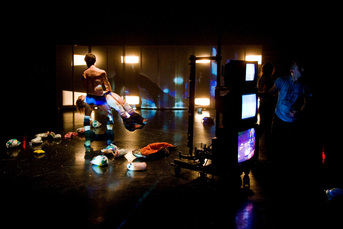 4quART, photo de Nicolas Ruel 4quART, photo de Nicolas Ruel Comment malaxer? On commence avec le poing droit près de la hanche gauche, et la jambe droite – genou à peine plié – pivote un peu plus de 90 degrés, suivie de la gauche, tout en relâchant le poing. C’est du moins ce que Katya Montaignac, dramaturge du projet 4quART de La 2e Porte à Gauche, m’a enseigné avant le spectacle. Elle a aussi capté mon move sur vidéo. 4quART pour quatre chorégraphes (Marie Béland, Alain Francoeur, Frédérick Gravel, Catherine Tardif) et quatre danseurs (Sophie Corriveau, Manuel Roque, Peter Trosztmer, Lucie Vigneault). Leurs hoodies annoncent l’aspect ludique du spectacle avec leurs couleurs LEGO : rouge, jaune, bleu, vert. On dirait des participants à un game show pour enfants. Le but du jeu : articuler en mouvement différents verbes reliés à la cuisine, comme « malaxer. » La gestuelle est alors pop, voire enfantine. Ces exercices révèlent parfois l’incapacité de la danse à traduire le littéraire… littéralement. On peut bien dire à Trosztmer « More hands, » n’empêche que son oiseau ne peut décoller du sol peu importe la vélocité de ses ailes improvisées. On peut dire à Roque « More Dead, » mais à part demeurer étendu immobile sur le sol, il ne peut que crier à ses interlocuteurs « I’m not dead! » Dans l’une des sections les plus réussies, Corriveau parvient à déshabiller Trosztmer tout en demeurant suspendue à son corps, sans jamais toucher le sol. Et il réussit à la dévêtir à son tour tout en la gardant dans ses bras. C’est une contrainte qui engendre un exercice impressionnant sur le plan physique. D’ailleurs et comme à l’habitude, Trosztmer se démarque de par son intensité. On fait souvent dans la violence, même si elle aussi se veut parfois infantile. Les trois camarades de Trosztmer s’amusent à le frapper tels des lutteurs de la WWE. Roque épouse des positions de combat, les muscles tendus, les poings levés. Trosztmer tient Vigneault par ses longs cheveux, la traîne, soulève, lance au sol. Elle facilite évidemment le mouvement, mais l’illusion est convaincante. Ils se jettent sur le dos les uns des autres et dansent ensemble que pour se laisser tomber. C’est sûrement à cause de cette violence qu’on croit surtout reconnaître la signature chorégraphique de Gravel. Ce n’est que vers la fin que l’espace est utilisé d’une façon qui satisfait pleinement l’aspect déambulatoire de la pièce. Car, oui, il n’y a pas de position fixe pour le spectateur, un point qui se veut crucial mais dont mon omission jusqu’à maintenant devrait indiquer le manque d’importance. Toutefois, lorsque les danseurs sont répartis aux quatre coins du deuxième étage du Studio Hydro-Québec du Monument-National et qu’au premier on retrouve une projection vidéo sur un grand écran courbé, on approche enfin un univers assez riche pour justifier le déambulatoire. (On pense entre autre à Corps intérieur de David Pressault, un autre spectacle de Danse-Cité, qui avait relevé ce défi l’an dernier.) Je demeure similairement peu convaincu par presque tous les éléments de 4quART. L’inclusion du spectateur (par la vidéo captée avant le spectacle et ensuite diffusée dans la salle) et l’interaction avec lui (en lui offrant des POGOs, entre autres) ne peuvent être que superficielles. S’il est difficile d’intégrer les éléments de quatre chorégraphes lors d’un travail qui s’étale sur plusieurs mois, comment y parvenir avec des spectateurs rencontrés moins de cinq minutes avant le spectacle? La vidéo ne fait la plupart du temps que charger l’espace plutôt que l’enrichir. La longueur du spectacle ne semble elle non plus justifiée. Quinze minutes devraient être coupées. La 2e Porte à Gauche se donne comme mission de « rendre la danse contemporaine appétissante. » Un but admirable, sans doute, mais c’est une ligne mince entre populaire et populiste. Je dois avouer que, dans ce cas-ci, j’avais l’impression qu’on m’adressait comme si j’étais un enfant. 4quART 24-26 mars et 29 mars-2 avril à 20h30 Monument-National www.danse-cite.org 514.871.2224 Billets : 26$ / Étudiants : 20$ |
Sylvain Verstricht
has an MA in Film Studies and works in contemporary dance. His fiction has appeared in Headlight Anthology, Cactus Heart, and Birkensnake. s.verstricht [at] gmail [dot] com Categories
All
|


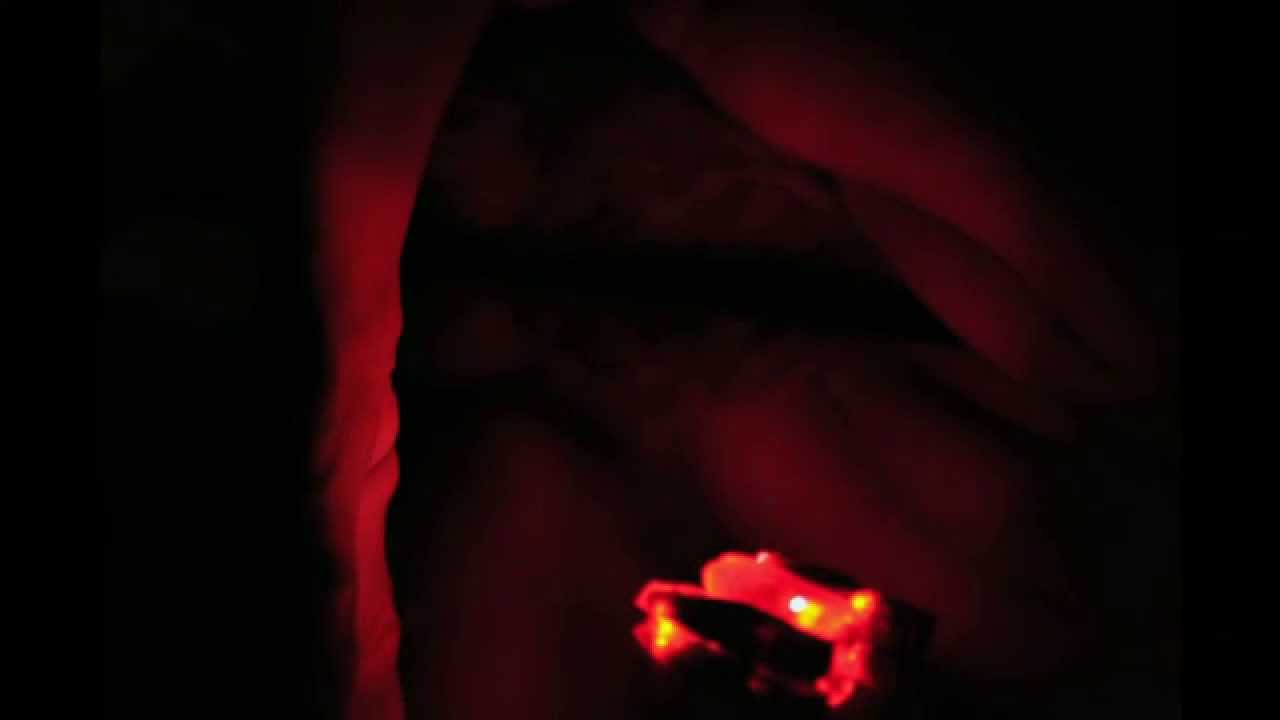
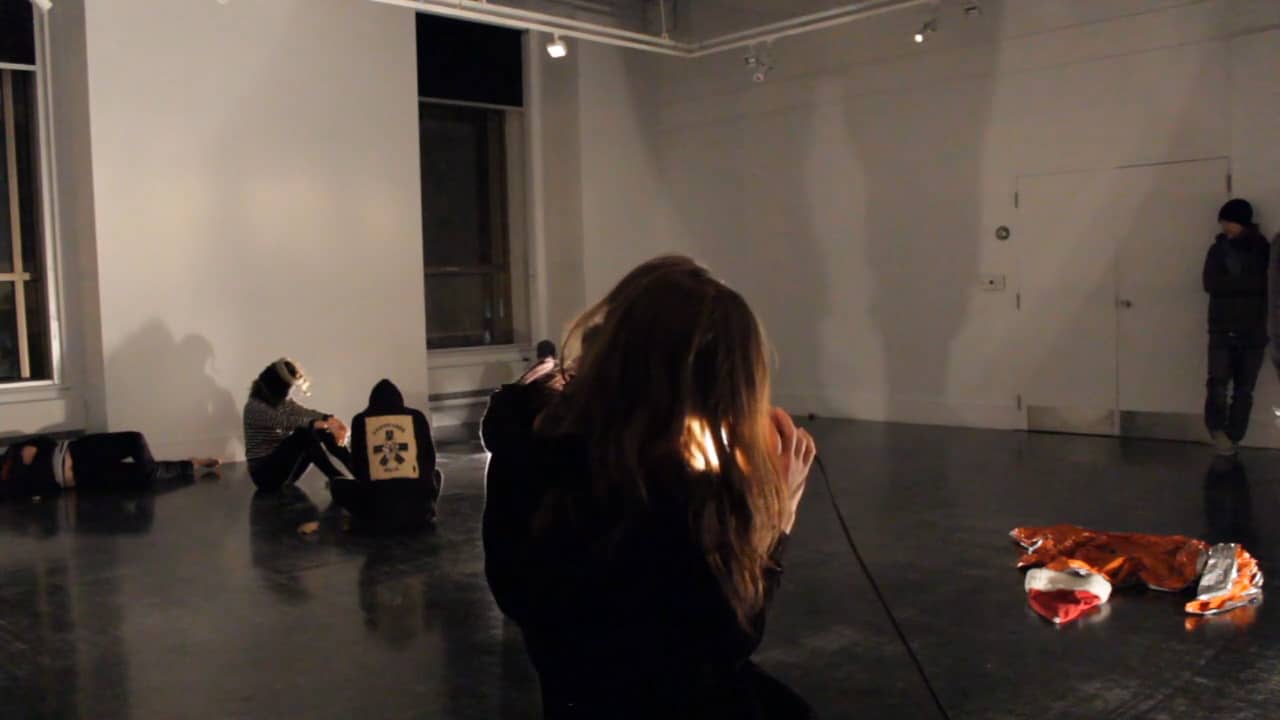
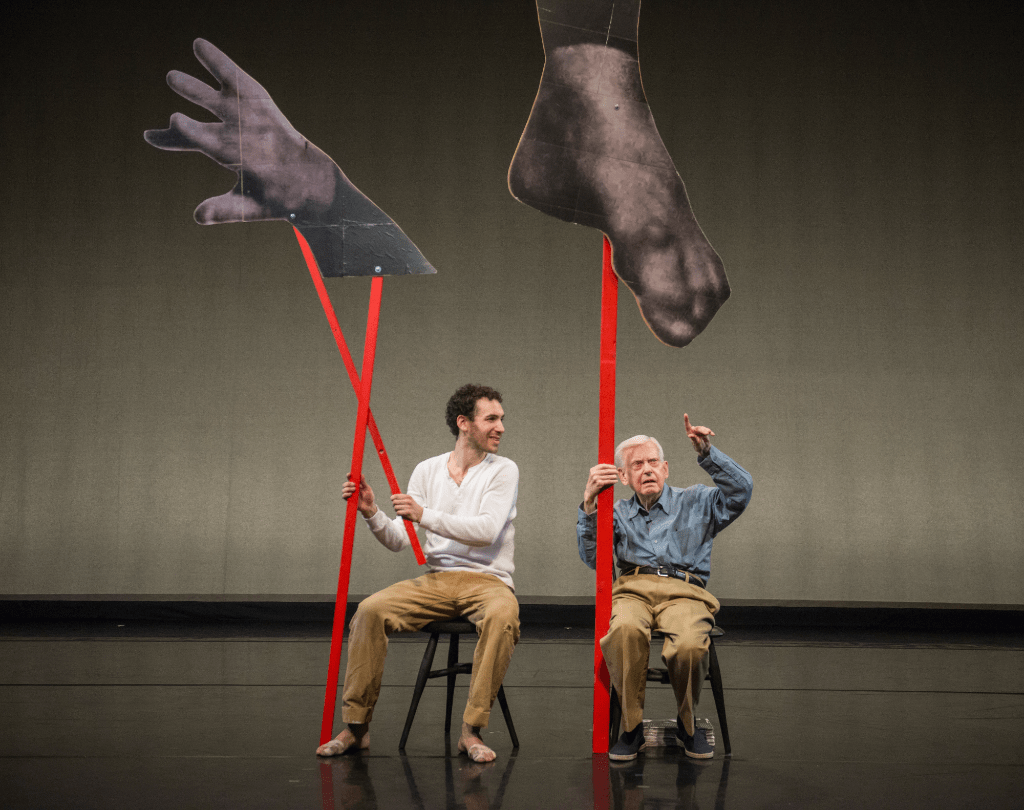
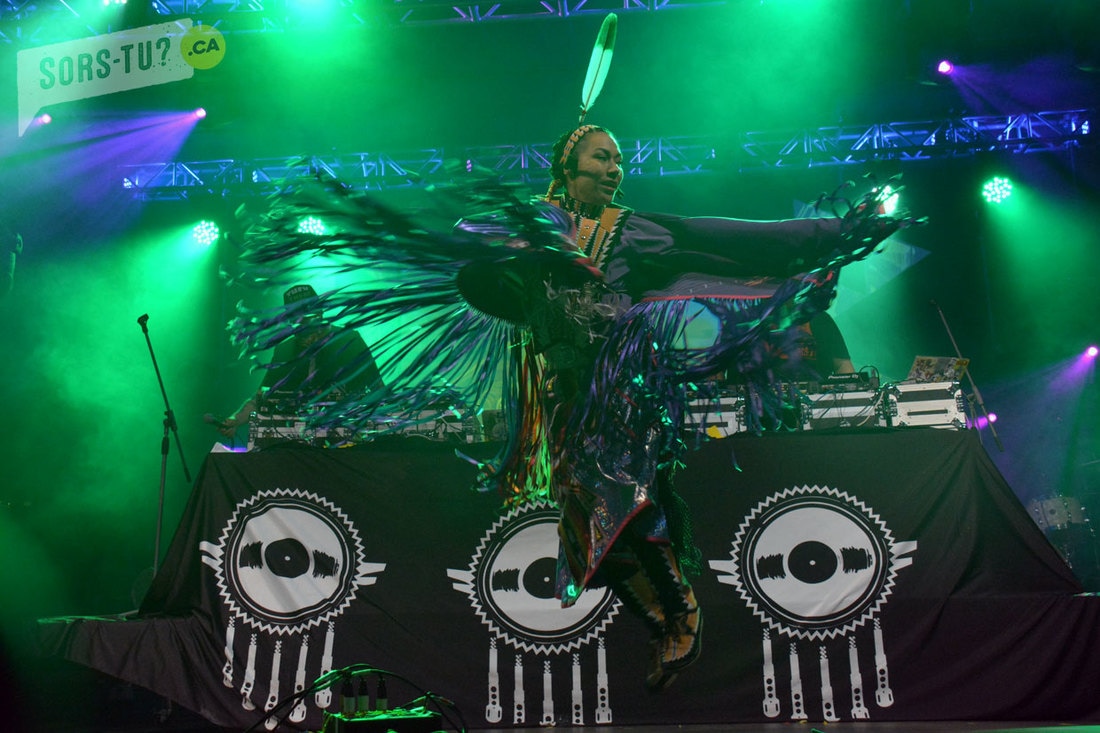
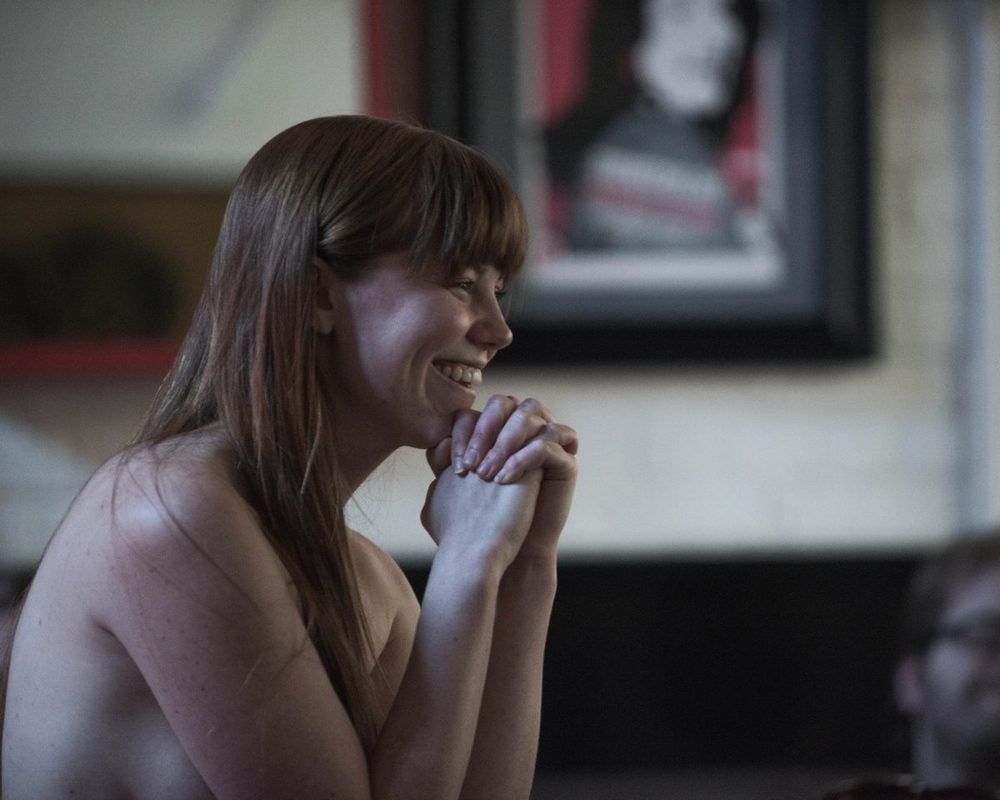
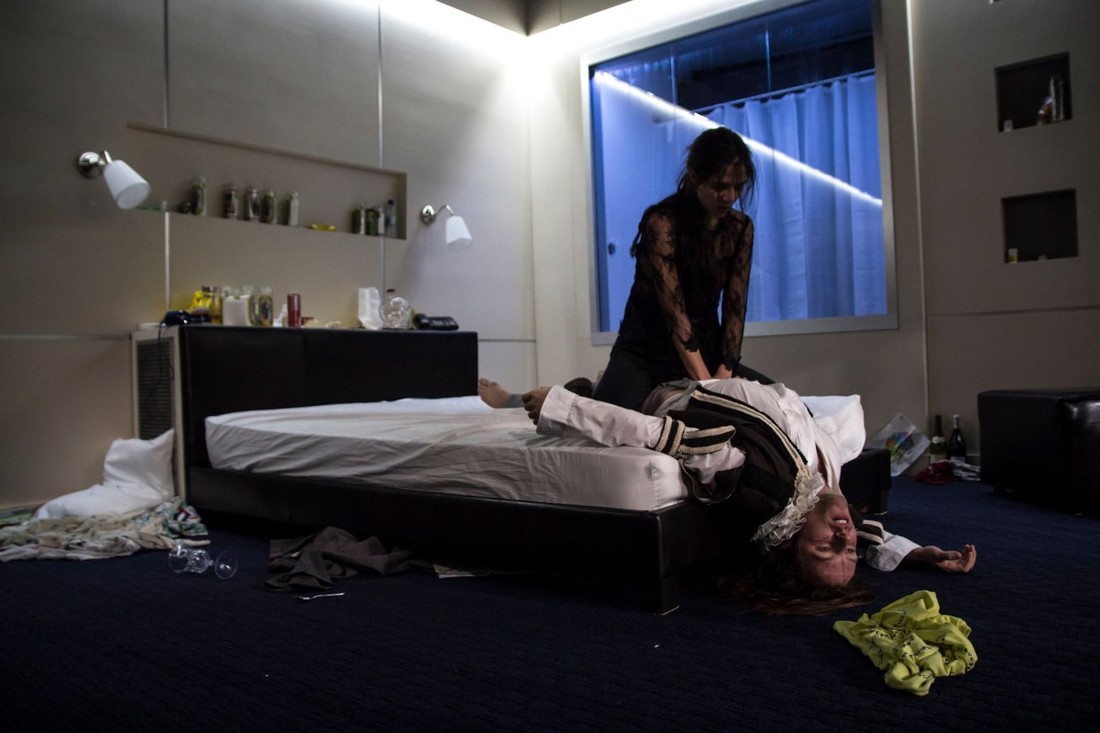
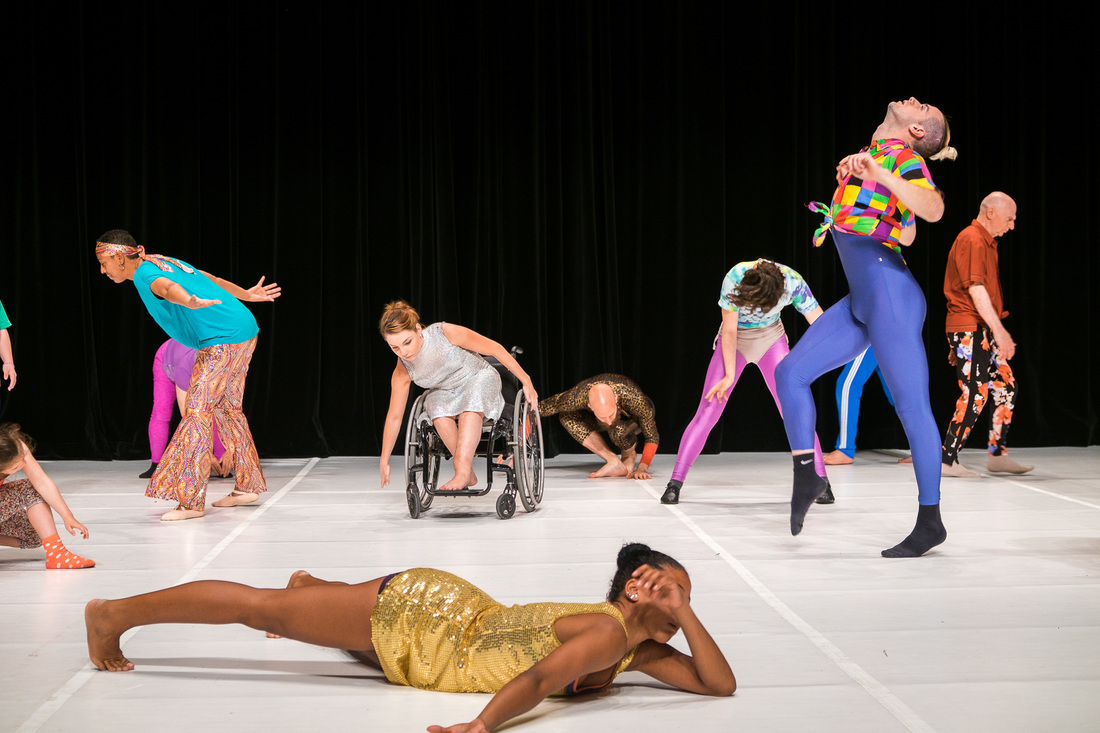
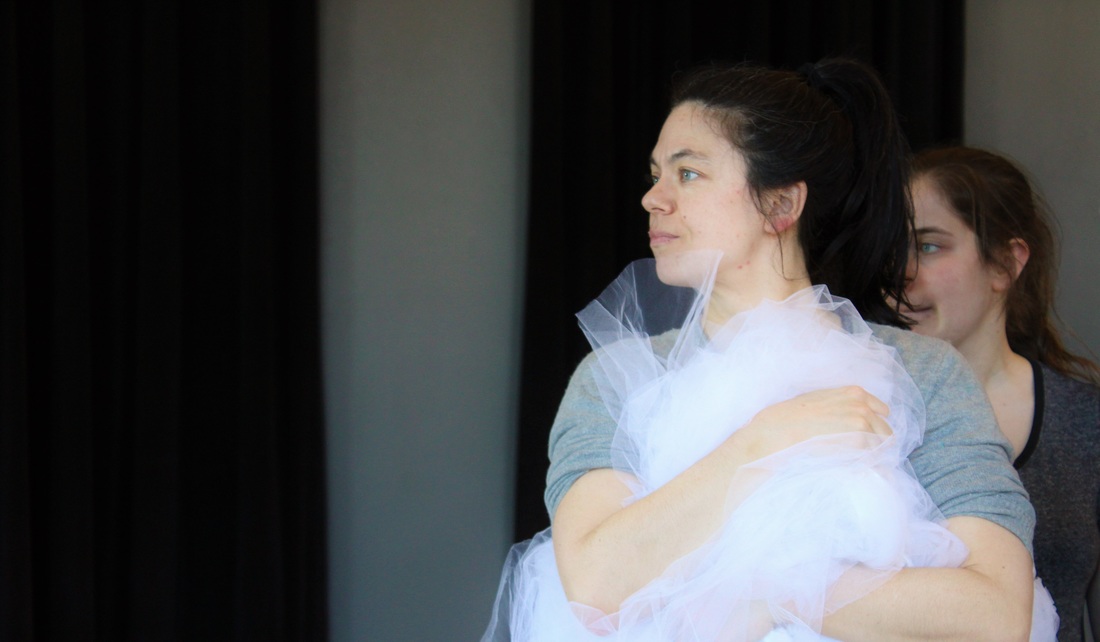
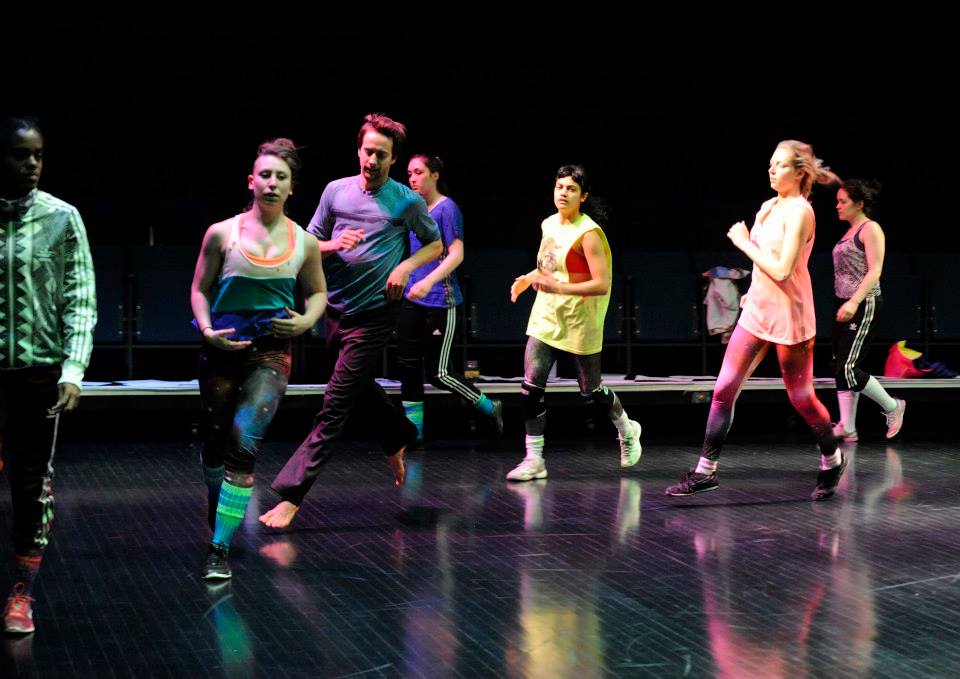
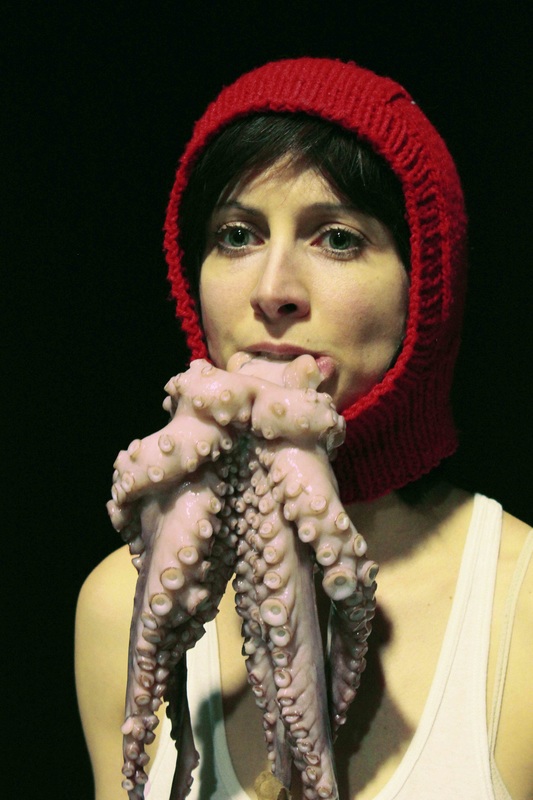
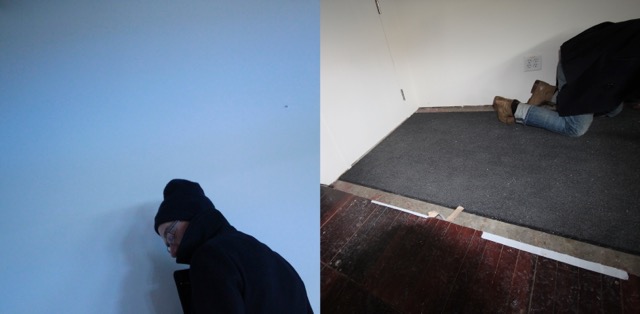
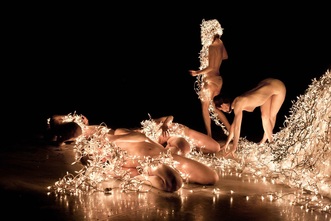
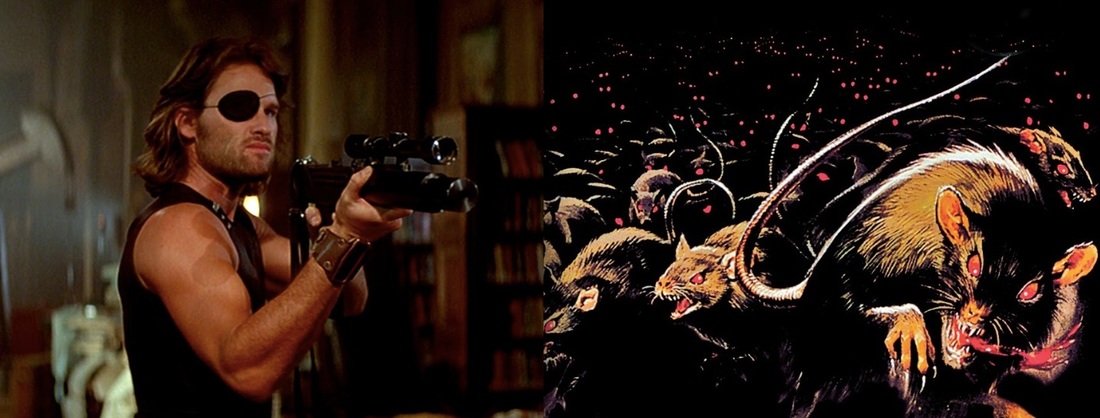
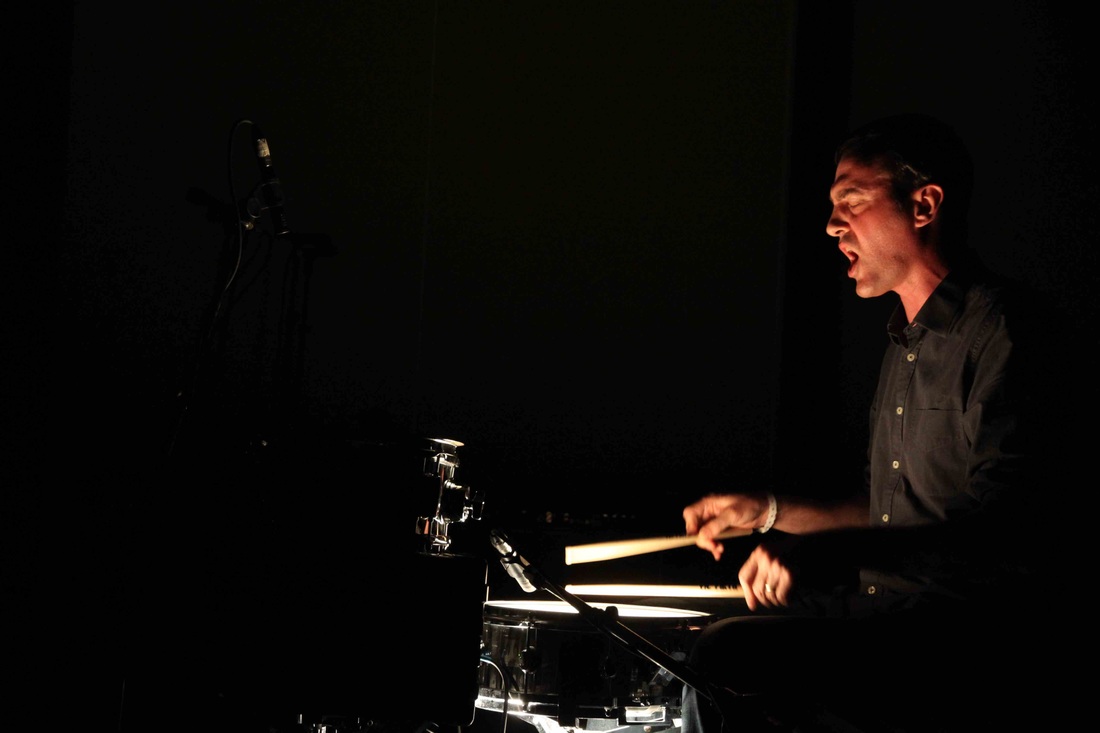

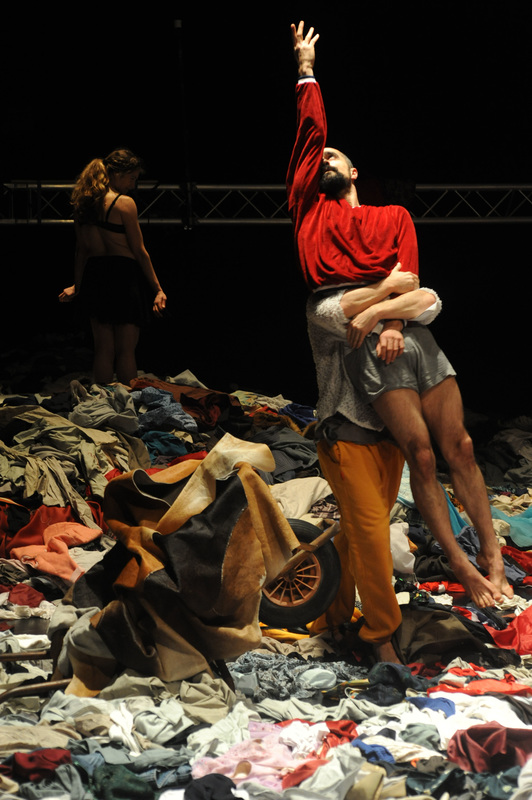

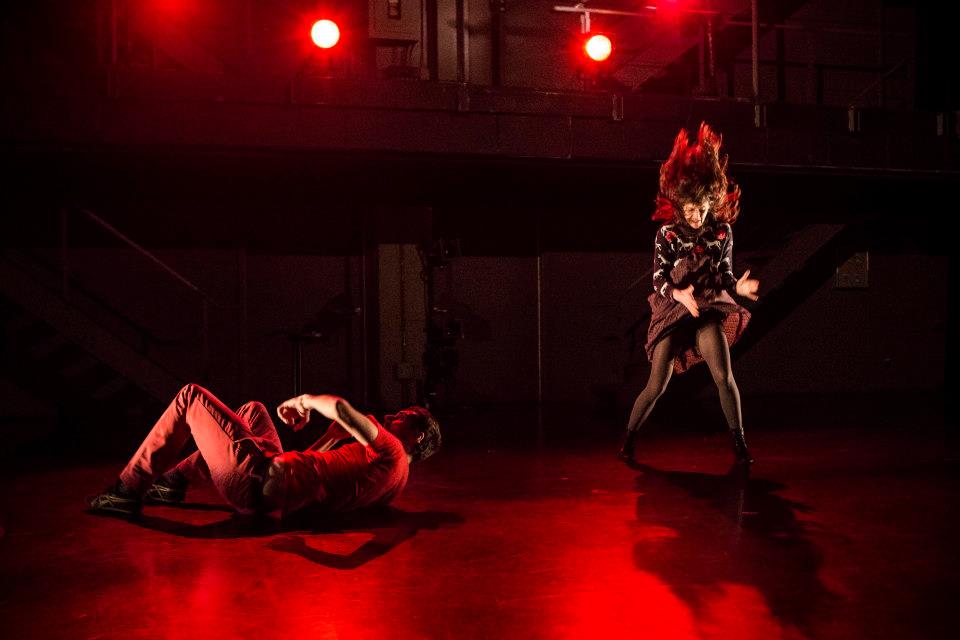
 RSS Feed
RSS Feed